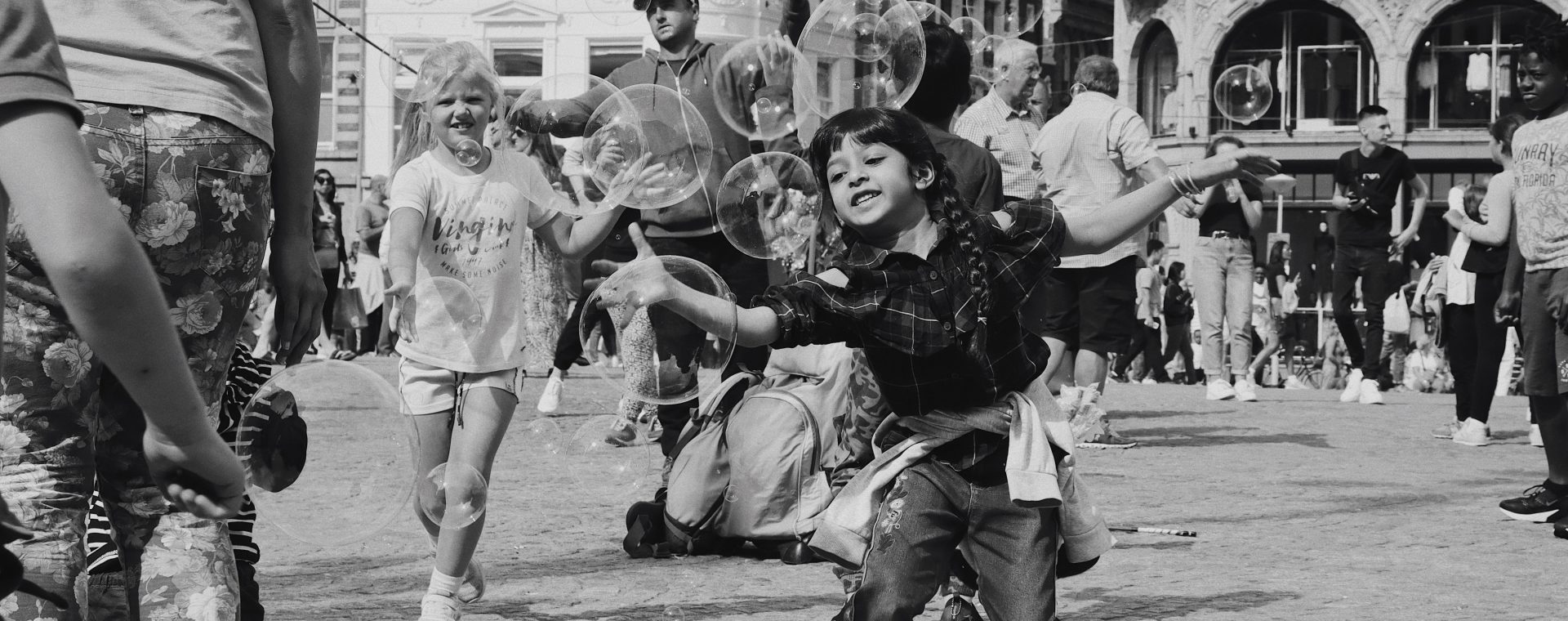
Development sciences, especially developmental psychology, have demonstrated that our spatial environment has a huge impact on how we learn: safe and nurturing spaces foster children’s wellbeing and cognitive skills. Award-winning architect Jay Deshmukh points out that cities that cater to children will also offer better quality of life and learning opportunities for adults as well. The second panel discussion of WISE’s Living Lab discussed how to transform our cities into “whole city” learning spaces that not only improve the learning outcomes of learners of all ages but also help improve equity and resilience within urban spaces. Here are four ideas of how to do that.
Maximizing the use of educational spaces
Space, especially in dense urban areas, is scarce. Franco-Colombian scientist and university professor Prof. Carlos Moreno calls for the “maximization of square meters” in urban areas. If the public school in your neighborhood extends its opening time and is open to the community, new opportunities can be created: life-long learning programs for adults in the evening; playful activities for children on weekends – opportunities that can not only involve but be led by the community directly. The same logic could be applied to libraries, museums and other public spaces with already existing learning resources.
Designing urban landscape to foster playful learning
Even public infrastructure can play a role as a learning environment if intentionally designed to sparkle curiosity and creativity. Research shows that prioritizing play not only contributes for better academic achievement but also enhances children’s wellbeing. Early childhood and creativity development expert Helen Shwe Hadani from the Brookings Institution has been researching and piloting with an interdisciplinary group of scholars and practitioners. One of the prototypes created by Urban Thinkscape, is a bus stop where passengers can complete a puzzle on its back wall while waiting for their ride. This stimulates not only math and spatial skills but also human interaction between adults and children. The same principle can be applied to sidewalks, benches, walls – it is possible to see concrete and asphalt as canvases for playing.
Injecting learning into trivial urban life activities
Many urban spaces from the most to the less obvious can be redesigned as learning spaces and our everyday environments can be “the third teacher”. A supermarket, for example, may not be the most obvious place to “learn”, but it can be turned into a creative space to make errands and learning fun. Research shows that placing signage in supermarkets with questions that trigger curiosity – such as “Where does milk come from?” “or “How many cucumbers are there in this tray?” – are learning opportunities and conversations between care-givers and children that can be easily implemented. These adult-child linguistic interactions help language skills development – an important factor associated with school readiness and academic achievement. Such interventions are no silver bullets to improve quality and inclusion of education however they are cost-effective and easily implementable, especially for low-income sections of the community.
Repurposing spaces for life-long learning
In addition to leveraging existing institutions and to promote learning, cities could also create and expand the offering of learning opportunities – especially when it is possible to transform abandoned or underutilized spaces. This is particularly useful in cases of cities that undergo significant transformation in their economic activities. If members of a community lose their jobs because the key industry relocates to a different country, the old factories themselves can be the places where these workers are able to learn new skills or start their own projects. This of course, requires government incentives or public-private partnerships. New urban developments, however, are more likely to succeed and have multi-stakeholder buy-in if there is what Jason Twill calls “collaborative urbanism”, in which community members can voice how new projects might best benefit them and be part of the decision-making process.